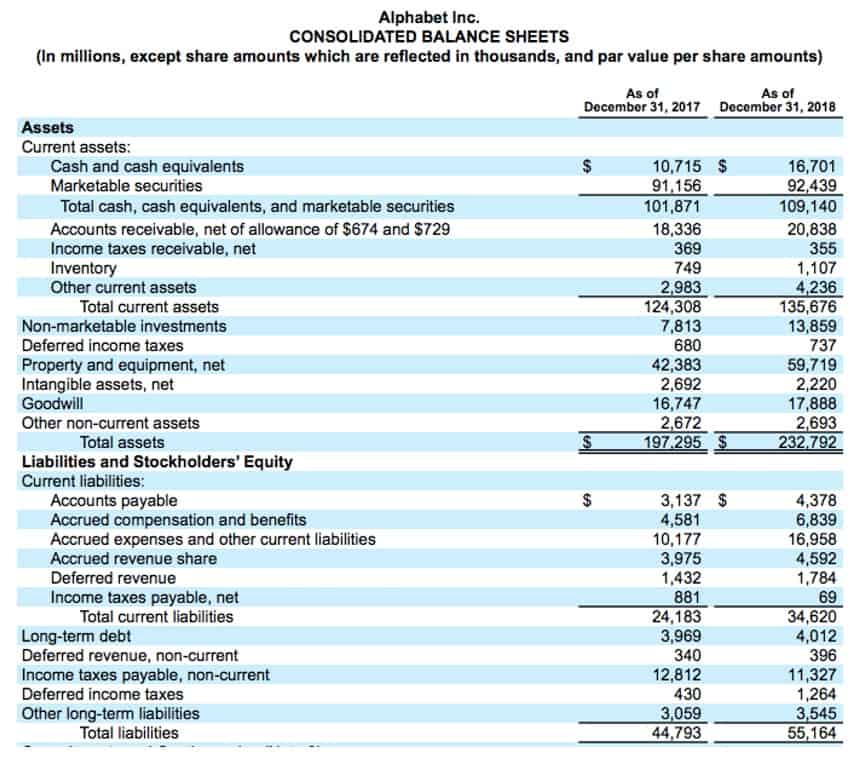Leverage evaluates long-term solvency by measuring future debt obligations and risks. A company with high leverage but low liquidity signals heightened bankruptcy risk, as high debts are paired with insufficient cash reserves. Leverage ratios measure a company’s debt burden while coverage ratios assess its ability to service that debt, so higher leverage typically leads to lower coverage, increasing risks for stock investors.
Q. How does financial leverage affect risk?
By analyzing leverage ratios, analysts can gauge the potential for insolvency and the ability of an institution to withstand economic stress. Elevated leverage ratios typically suggest increased vulnerability to market fluctuations or economic downturns. Leverage ratios are vital tools for assessing financial risk within institutions by measuring the extent of leverage employed.
- In scenarios where equity is more, the effect is adverse on the earnings per share (EPS).
- For example, a company has Rs. 20 million in total debt and Rs. 10 million in EBITDA.
- Comparing the ratio over time shows the changing capital structure of a company.
- The debt-to-EBITDAX ratio measures a company’s ability to pay off its debt using earnings before interest, taxes, depreciation, amortisation and exploration expenses (EBITDAX).
- Analyzing these ratios provides valuable insights into the institutions’ resilience during economic downturns.
Leverage ratios are indispensable in the world of finance, offering a window into the financial health and strategic positioning of a company. They enable a multifaceted analysis of financial leverage and performance, guiding decisions that range from investment to corporate governance. Understanding these ratios is key to navigating the complex dynamics of financial markets and corporate finance. These ratios provide deeper insights into a company’s financial structure and ability to manage debt. There are different types of leverage ratios based on the metric that is compared with a company’s debt levels. While we will look into the various leverage ratio formulas later in this article, let us discuss a simple example of this indicator.
This may either result in a lower income target or insufficient operating income to cover other expenses and will result in negative earnings for the company. Financial leverage ratios provide an indication of the long-term solvency of the firm. Unlike liquidity ratios that are concerned with short-term assets and liabilities, financial leverage ratios measure the extent to which the firm is using long term debt.
Gearing vs. Leverage: What’s the Difference?
It quantifies the degree to which a financial leverage ratios company relies on borrowed funds to finance its operations and investments. By analyzing leverage ratios, investors and stakeholders gain insights into a company’s financial risk, capital structure, and its ability to repay its debts. The leverage ratio specifically measures a company’s use of debt financing relative to equity financing to fund operations and growth. Also called the debt-to-equity ratio, the leverage ratio compares a firm’s total debt to shareholders’ equity by dividing total liabilities by total shareholders’ equity. A higher leverage ratio indicates greater financial leverage and debt burden on the company. By analyzing debt levels relative to equity, the capital gearing ratio helps investors evaluate financial leverage, stability, and downside risk.
How Is Financial Leverage Calculated?
As per their details, they compute the ratio and compare the financial obligation with the capital a company had built. For example, if the debt amount is known and the equity or capital figure is provided, one can easily find debt-equity or debt-capital ratios. When it comes to leverage ratios for banks, it compares the core capital of the institutions with the total assets it has. These three regulatory bodies limit the amount of money an American bank can lend with respect to the capital it utilizes for its assets.
What Are Financial Leverage Ratios?
- It’s a quick way to understand how much financial risk a business is taking on.
- Leverage is often used when businesses invest in themselves for expansions, acquisitions, or other growth methods.
- Its equity multiplier would be 5.0, however, if it had $500 million in assets and equity of $100 million.
- For instance, a company with high leverage ratios may offer higher returns but also comes with higher risk, which might not be suitable for risk-averse investors.
They demonstrate how leveraged the company’s balance sheet is – the higher the leverage ratio, the more debt relative to shareholder equity. Further, leverage ratios depend heavily on accounting definitions of debt, equity, assets, and earnings. For example, operating leases are a major form of financing in sectors like retail and airlines, but leases are considered off-balance sheet financing.
On the other hand, Tech companies typically have lower ratios as they require less capital for physical assets. It’s important to always look at a ratio relative to the sector and peer group performance. A higher debt-to-EBITDA ratio indicates decreased financial stability, all else equal. High levels of debt relative to the company’s cash flow to support that debt could indicate financial stress.
Options are derivatives that give investors the right, but not the obligation, to buy or sell an underlying asset at a predetermined price on or before a specified date. Call options confer the right to buy, while put options confer the right to sell. Options leverage arises from the fact that the price paid to purchase an option is much less than the price of buying the underlying asset outright. Let us evaluate the leverage of Infosys, one of India’s largest IT services companies, from an investment perspective.
Investors are exposed to greater risk when a firm exhibits both high operating and high financial leverage. The large fixed cost base combined with heavy debt obligations creates a precarious situation. Even a mild drop in revenue wipes out earnings due to the magnifying effects of operating and financial leverage. This leads to much greater earnings volatility compared to a company with low leverage. Conversely, companies with low financial leverage are at less risk in downturns. Interest expense remains a smaller portion of costs so earnings hold up better.
Nevertheless, sometimes, non-redeemable preference shares (less common than redeemable) are still classified as equity. Get instant access to video lessons taught by experienced investment bankers. Learn financial statement modeling, DCF, M&A, LBO, Comps and Excel shortcuts.




